The best research proposals are never written in one go. The reviewing, editing, re-writing, formatting, and polishing always takes more time than the initial writing. My custom made “Research Proposal Reviewer GPT” uses the power of ChatGPT to help you in the editing process by evaluating your proposal’s content and giving your suggestions for improvements.
Here is the short version of how it works: after you upload your research proposal, the GPT will review it’s content in nine different categories. It will rate each category and offer suggestions for what to improve. Then, you will share the funding agency’s criteria with the GPT. The Research Project Reviewer will go through your proposal once again according to these requirements and let you know what it “thinks” is still missing.
Below you can see the Research Proposal Reviewer GPT in action. See this generated review here.
The Research Proposal Reviewer GPT (just like any other GPT) does not possess scientific expertise to evaluate the scientific content of your proposal. You will need a human reviewer for that. But the GPT can be a very good buddy that helps you to polish the proposal before handing it to an expert.
In this article, you will learn how my custom GPT reviews research proposals and how you can use the review to improve your chances of getting funded. Importantly – I will also tell you what not to expect from ChatGPT, despite the Artificial Intelligence hype that surrounds us.
What is a custom GPT?
In essence, a GPT is a feature that allows to adapt ChatGPT for a specific task by providing instructions, uploading additional knowledge. It’s like teaching ChatGPT a certain profession. In this case: I taught it to be a research grant reviewer.
By the way, previously I trained ChatGPT to write a research proposals based on the idea of the user. This worked surprisingly well. Try out the tool here.
Three steps of using the Research Proposal Reviewer GPT
Step 1: Upload your research proposal
Open the Research Proposal Reviewer GPT and upload your proposal.
After receiving the proposal, the Reviewer will get going right away. I made the Research Proposal Reviewer GPT evaluate research proposals in nine categories. These are the same categories that are included in the Research Project Canvas.

Problem
The knowledge gap that should be filled

Objectives
The research objectives that will help solve the identified problem

Methodology
The approach that leads to reaching the research objectives

Resources
The resources needed to accomplish the research objectives

Participants
The research team’s qualification for implementing the research methodology and their complementary value

Results and Impact
The new knowledge that will be created and what is its real-world impact

Dissemination
The proper target audience and how you will reach them

Timeline
The time required for performing each part of the research project

Budget
The major cost items and the distribution of funding between participants
For evaluating each category, the GPT compares the uploaded proposal content with what it is instructed to look for within the particular category. These instructions are adapted from my book “Write a Winning Research Proposal“.
Note: Be aware that the Research Proposal Reviewer GPT is operating on the ChatGPT platform. ChatGPT belongs to OpenAI which is a private company. You are basically sharing your proposal with a private company. Be sure to read the privacy policy of ChatGPT before you upload your proposal.
Another note: I don’t see what you upload and I don’t see your conversation with the ChatGPT.
See below the settings of the Research Proposal Reviewer GPT.
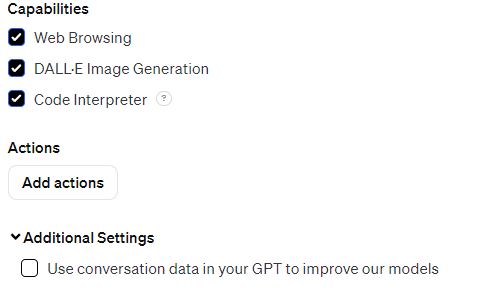
Pro tip: Run your proposal through the GPT more than once. Just like different human reviewers, the Research Project Reviewer tends to find different weak spots from one review to another.
Step 2: Read the review
After checking the proposal, the Research Proposal Reviewer will provide you with three things:
- A summary of the content for each category.
- Comments on what is good about the category or how to improve it.
- A score of for each of the nine categories (from 1 to 5).
The Research Proposal Reviewer scores every category between 1 and 5. It uses the criteria by the Horizon Europe funding scheme:
- 1: Poor. The criterion is inadequately addressed, or there are serious inherent weaknesses.
- 2: Fair. The proposal broadly addresses the criterion, but there are significant weaknesses.
- 3: Good. The proposal addresses the criterion well, but a number of shortcomings are present.
- 4: Very good. The proposal addresses the criterion very well, but a small number of shortcomings are present.
- 5: Excellent. The proposal successfully addresses all relevant aspects of the criterion. Any shortcomings are minor.
Remember that Reviewer GPT can not determine the scientific value of your proposal. Do not expect these scores to match what a human expert would award when reviewing a research proposal.
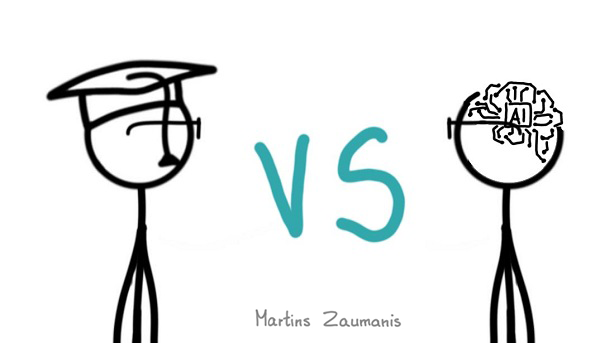
The Research Proposal Reviewer is using the ChatGPT platform. In other words, it is a Large Language Model that in its very essence tries to predict the next word that fits the sentence.
The GPT does not think, it does not have logic, it does not evaluate the scientific value of the proposal. It simply reads the text you have written and applies neural network algorithms that compare this text with its huge training set of natural language examples.
If the neural network of the Research Proposal Reviewer GPT concludes that the content of your proposal corresponds to my instructions of what each of the nine sections should hold, it will award a higher score. If it “thinks” that something missing, the score will be lower.
How to use the review
Even though the Research Proposal Reviewer GPT can not evaluate the scientific content of your proposal, it can be useful in multiple ways. Here are some examples:
- If the score is low, this might be a sign that the content of the proposal might lack some important information.
- See if the summary in the review for each of the nine sections matches what you intended to convey with the proposal. If not, this is a signal that the proposal is not clear enough and needs further refining.
- Merge the summaries of each of the nine categories that the Research Proposal Reviewer GPT generated. Does the text clearly convey the core idea of your proposal? If not, you might need to improve the proposal.
- Consider using the suggestions provided by the Research Proposal GPT for further improvement of the proposal before handing the proposal for a reviewing by a human expert.
Step 3: Upload the Funding Agency’s Review Criteria
In the last step the Research Proposal Reviewer GPT will help you to review the proposal’s content according to the criteria defined by the funding agency. To enable the GPT do it, you will have to upload the funder’s criteria. The easiest way to do it is to paste a link from the exact web-page where the criteria are described. However, this does not always work because the web pages restrict crawling of robots (in this case the Research Proposal Reviewer GPT is the robot).
Your next option is to upload the requirements yourself. You can either paste them into the chat or upload a document that contains the requirements.
After receiving the requirements, the Research Project Reviewer GPT will compare the content of your proposal with the funder’s expectations. The GPT will notice if you have used the right keywords from the criteria in your proposal and suggest how to improve it.
Use the comments and suggestions by the Research Project Reviewer GPT to understand what emphasis you might still need to place in the proposal.
Again, don’t expect a thorough scientific review. ChatGPT can not do that. Not yet.
Example Research Proposal Review
Here is an example research proposal review generated by the ChatGPT tool. The document I fed the Research Proposal Reviewer is an actual project that I wrote. It was not supported though, and the GPT seems to offer some valuable suggestions on how to improve it.
Access the Research Project Reviewer
Access the Research Proposal Reviewer GPT using the link below. I am very curious so see how useful you find the tool. Please write me once you have tried it out: [email protected].
Summary: what the Research Proposal Reviewer GPT is good for?
The Research Proposal Reviewer GPT will not replace your scientific judgement. It will not replace a knowledgeable colleague who is willing to review your proposal in exchange for a good bottle of wine.
But there are multiple ways in which the Research Proposal Reviewer GPT can help you:
- The GPT will check your proposal content against the general principles of writing good proposals as described in the book Write a Winning Research Proposal. This might point your attention to any deficiencies.
- The tool will summarize your proposal. If the summary does not match what you intended to write, make sure to thoroughly review the proposal.
- The GPT will compare your proposal with the criteria of the funding agency. It will let you know if the proposal’s content does not match with the content that is expected. Not least important, this step will force you to actually find and review the review requirements.
Good luck with writing and polishing your research proposal!
ChatGPT review will not get your project funded
We are still far away (I hope) from the point where scientists can rely on chat ChatGPT to write or review a good proposal. To write a winning research proposal, you have to know how to add that elusive X-Factor that convinces the reviewers to move your proposal from the category “good” to the category “support”. This includes creating self-explanatory figures, creating a budget, collaborating with co-authors, and presenting a convincing story.
To maximize your chances of receiving research funding, read my book “Write a Winning Research Proposal“.
This isn’t just a book. It’s a complete research proposal writing toolkit that includes a project ideation canvas, budget spreadsheet, project rating scorecard, virtual collaboration whiteboard, proposal pitch formula, graphics creation cheat sheet, review checklist and other valuable resources that will help you succeed
Author

Hey! My name is Martins Zaumanis and I am a materials scientist in Switzerland (Google Scholar). As the first person in my family with a PhD, I have first-hand experience of the challenges starting scientists face in academia. With this blog, I want to help young researchers succeed in academia. I call the blog “Peer Recognized”, because peer recognition is what lifts academic careers and pushes science forward.
Besides this blog, I have written the Peer Recognized book series and created the Peer Recognized Academy offering interactive online courses.

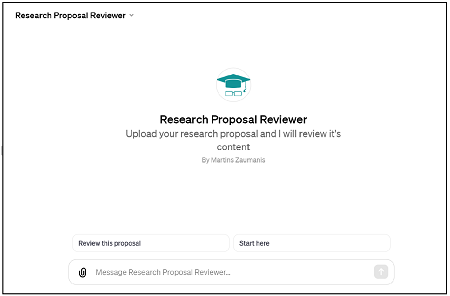
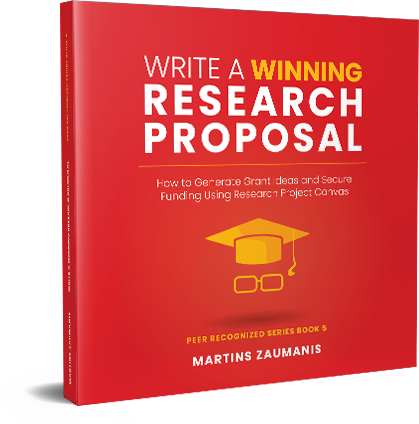
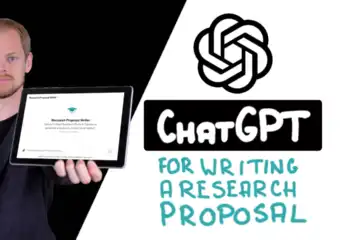


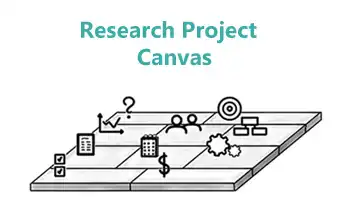

One comment